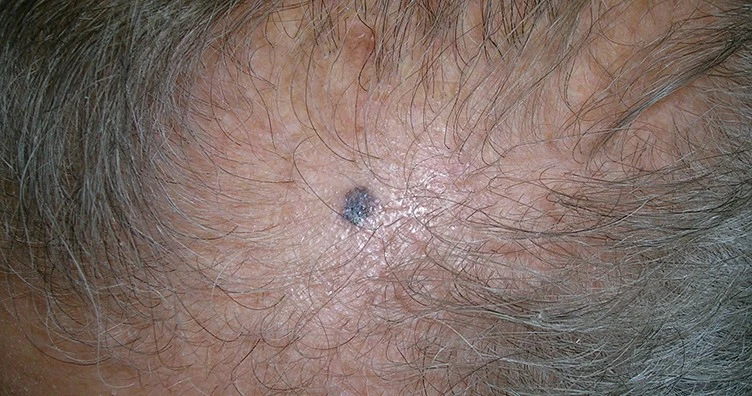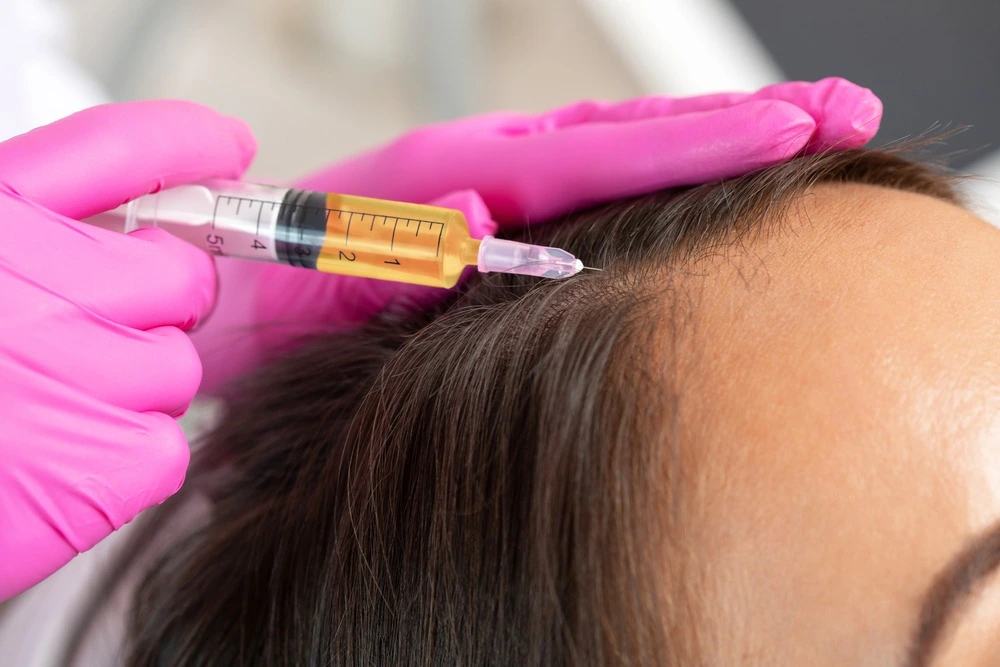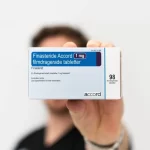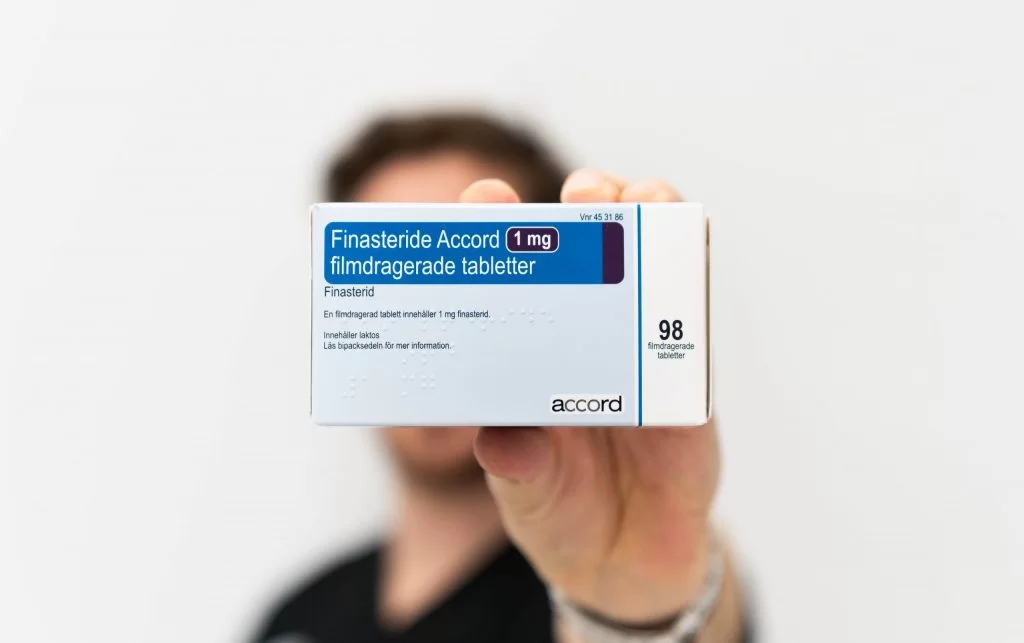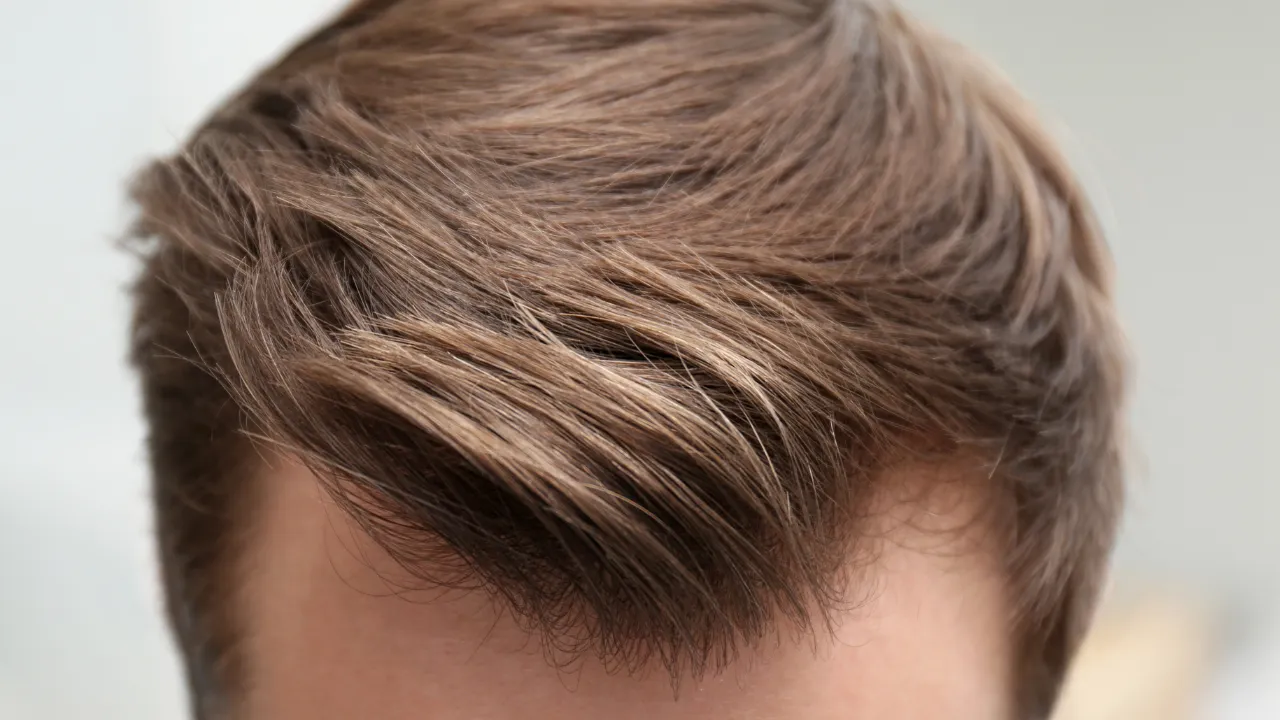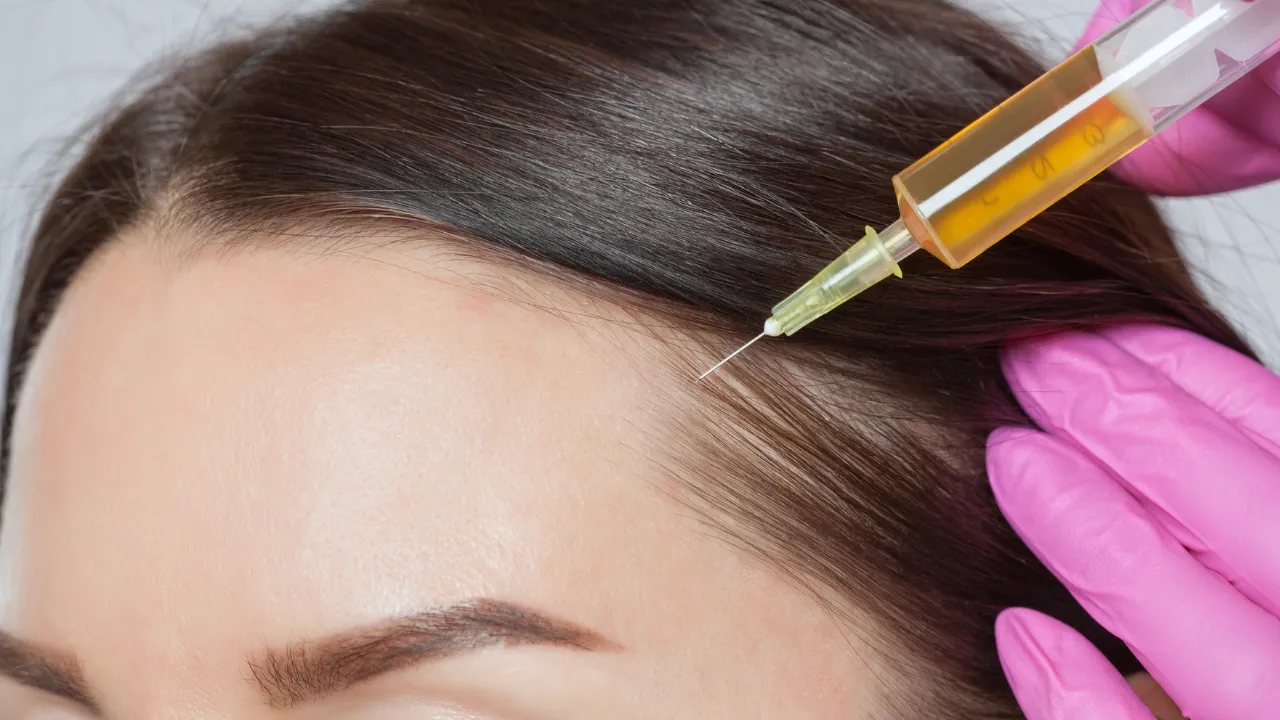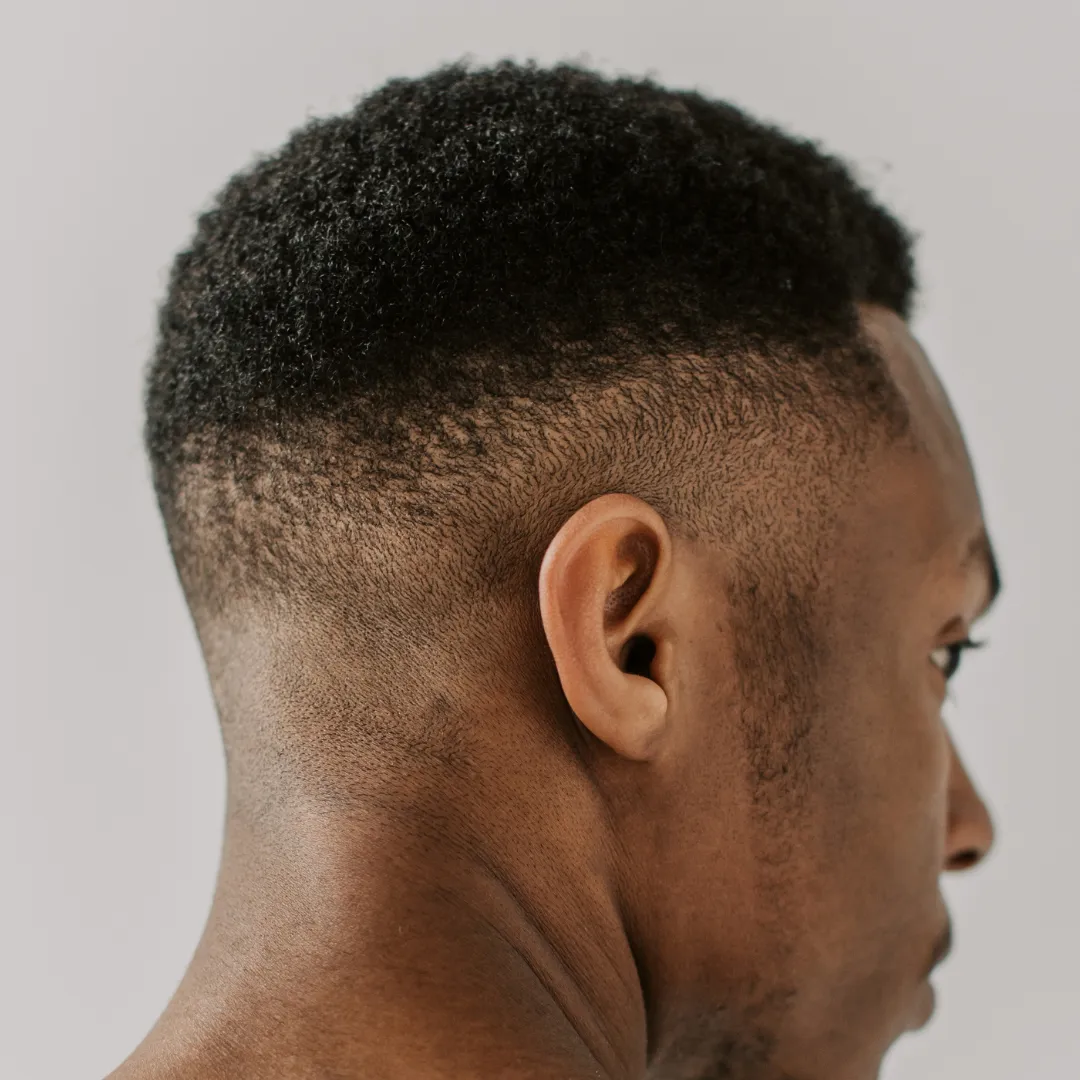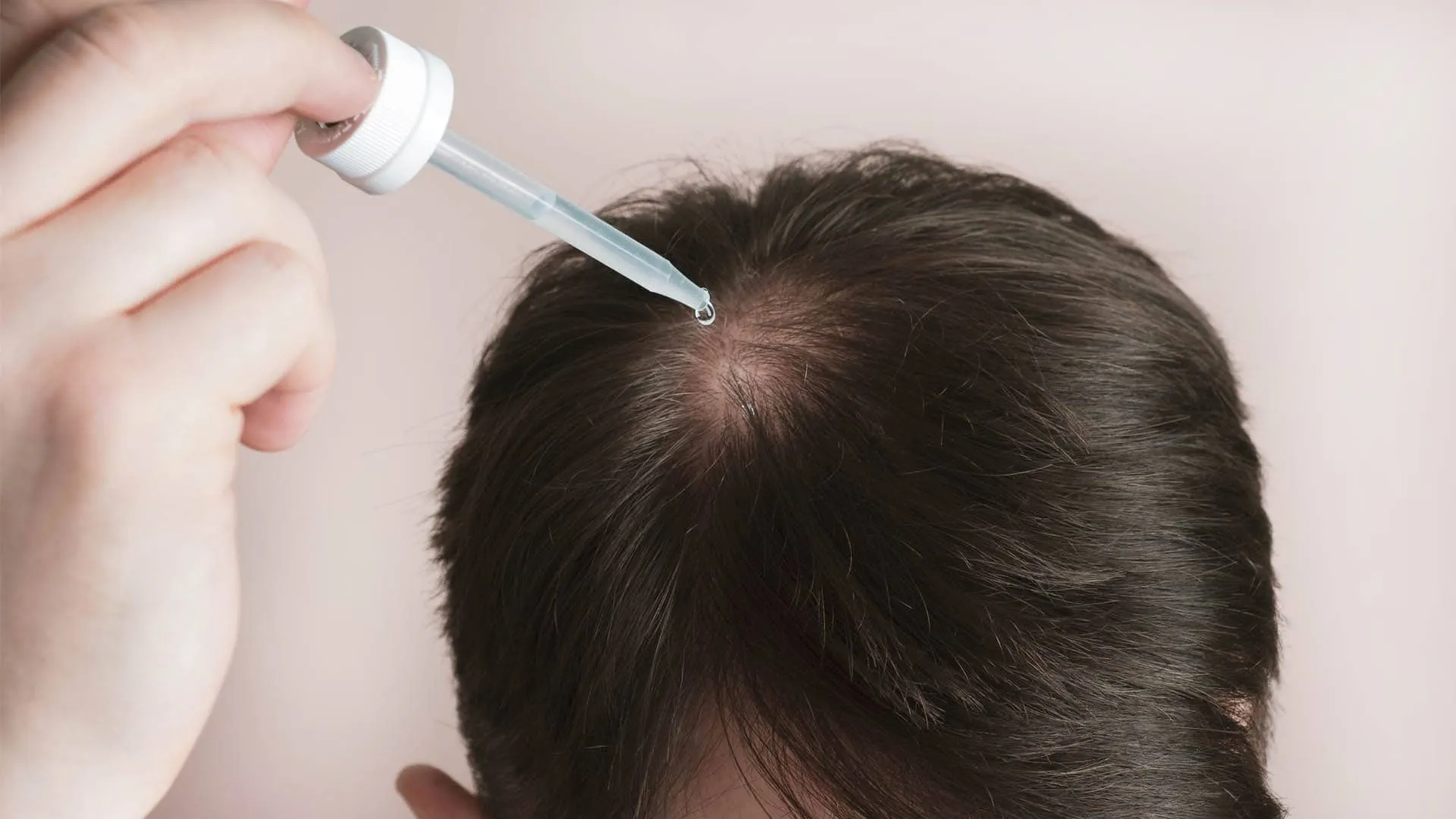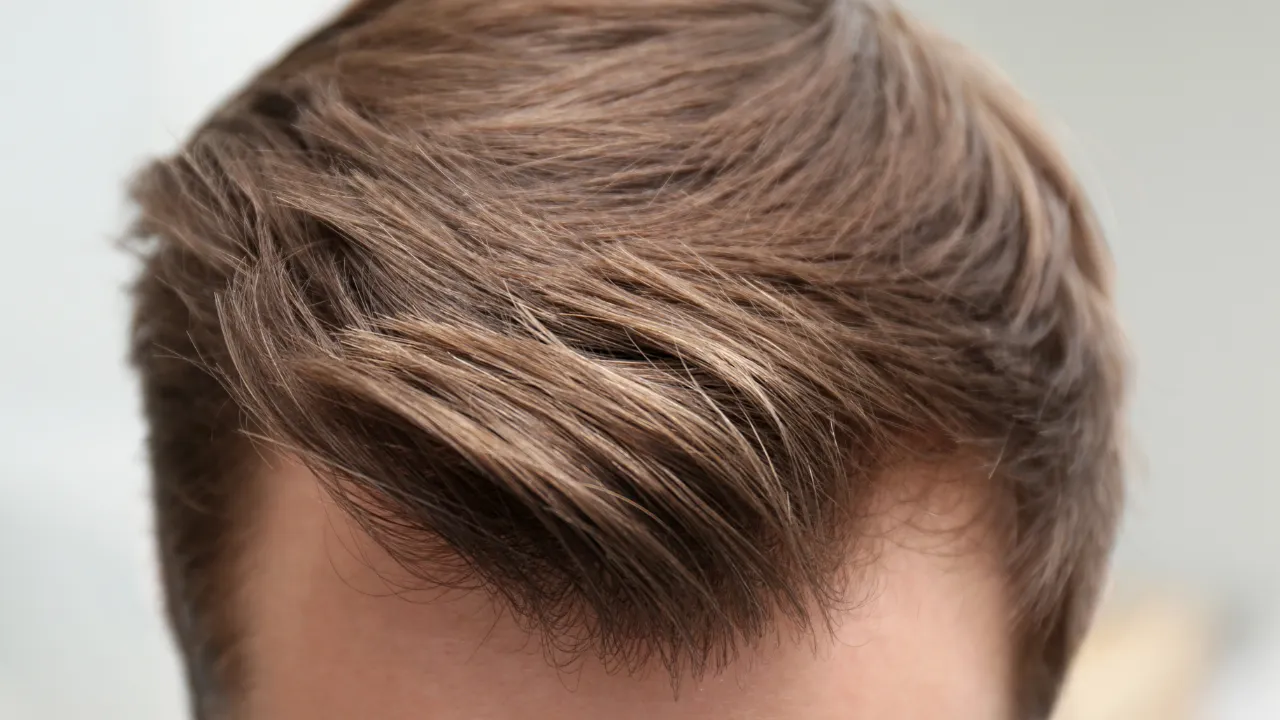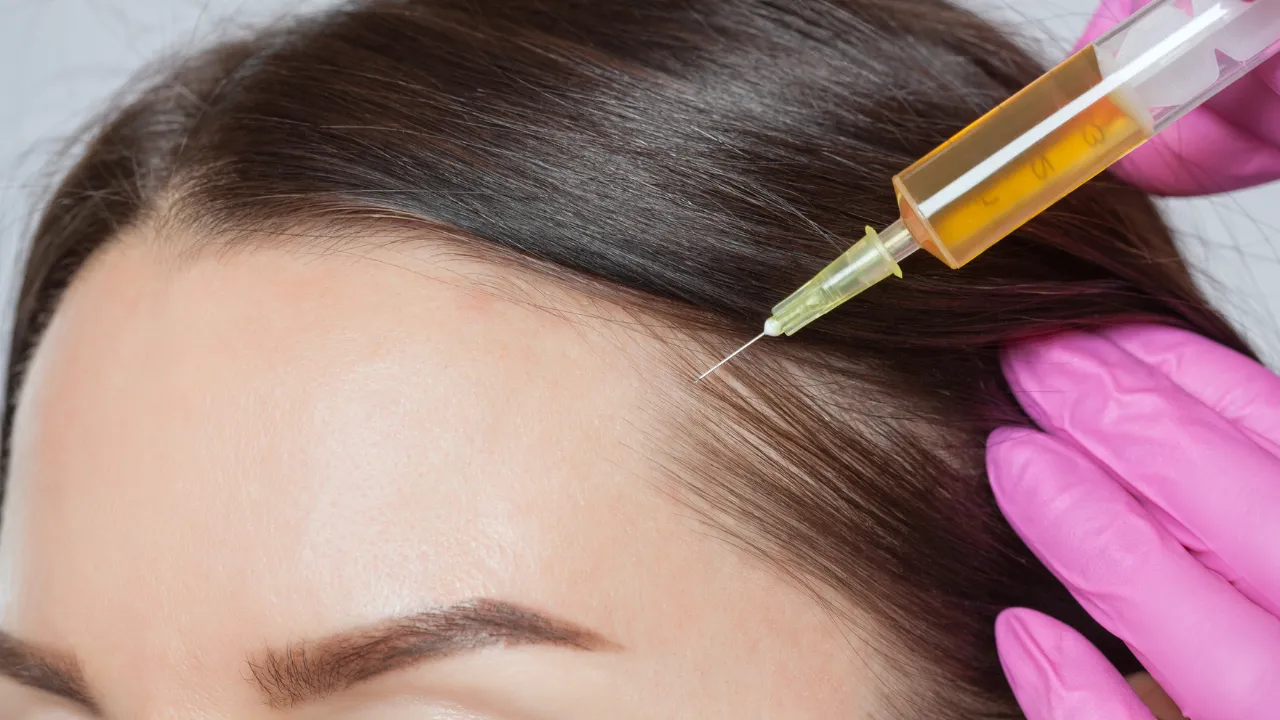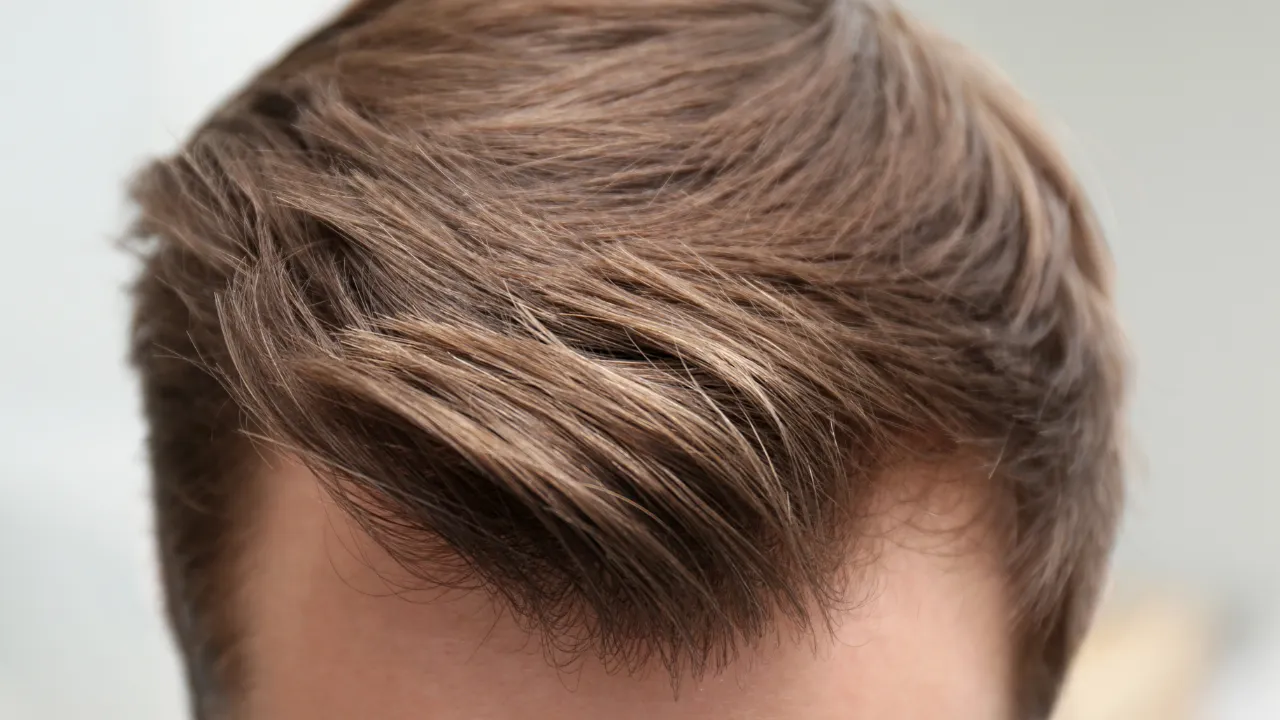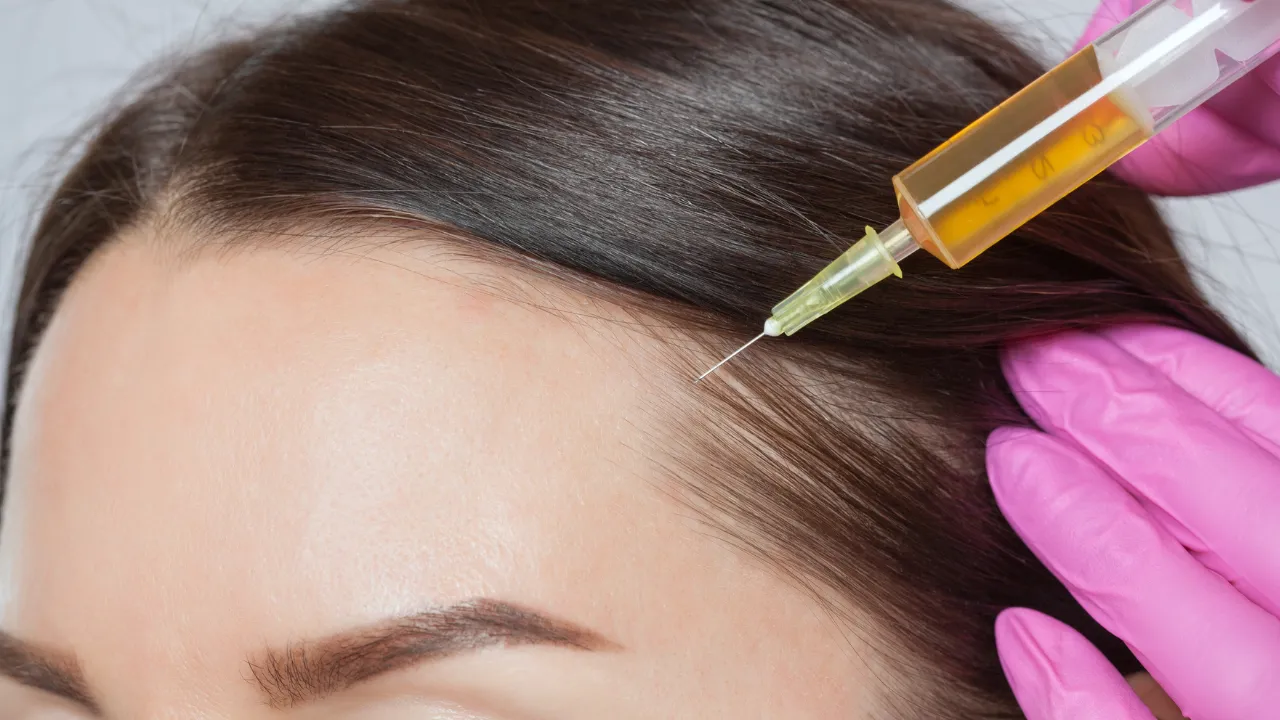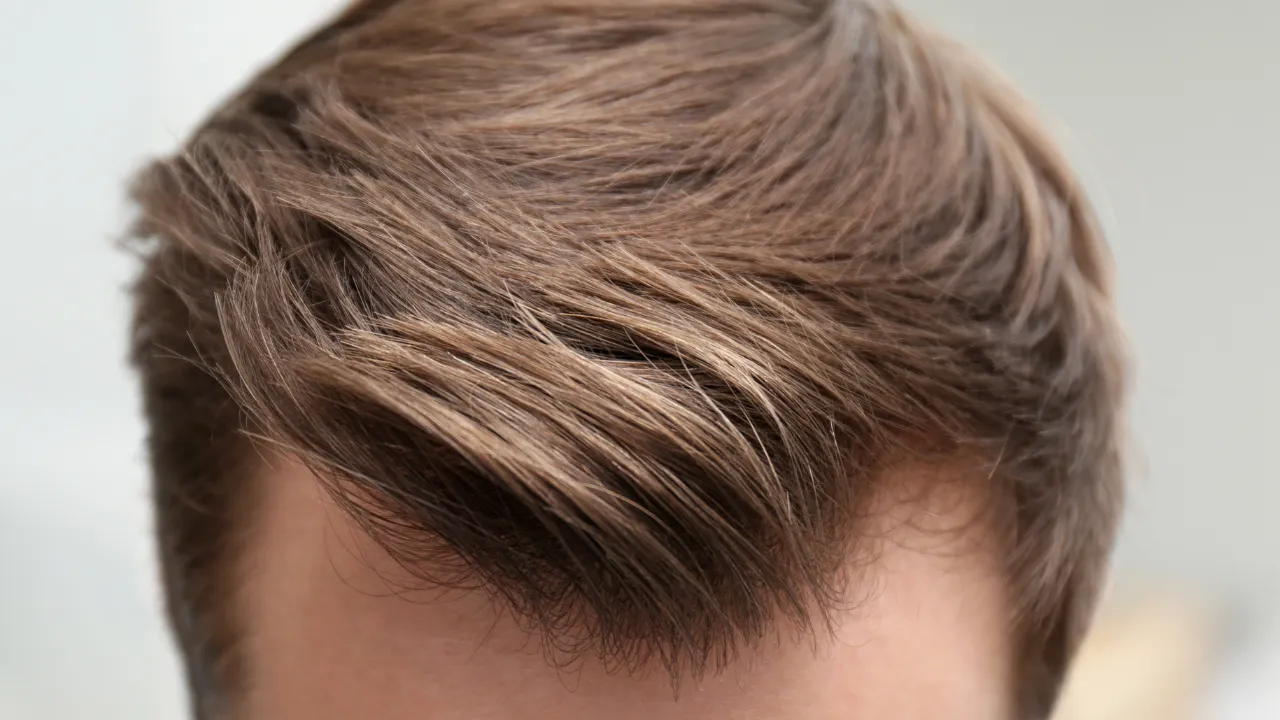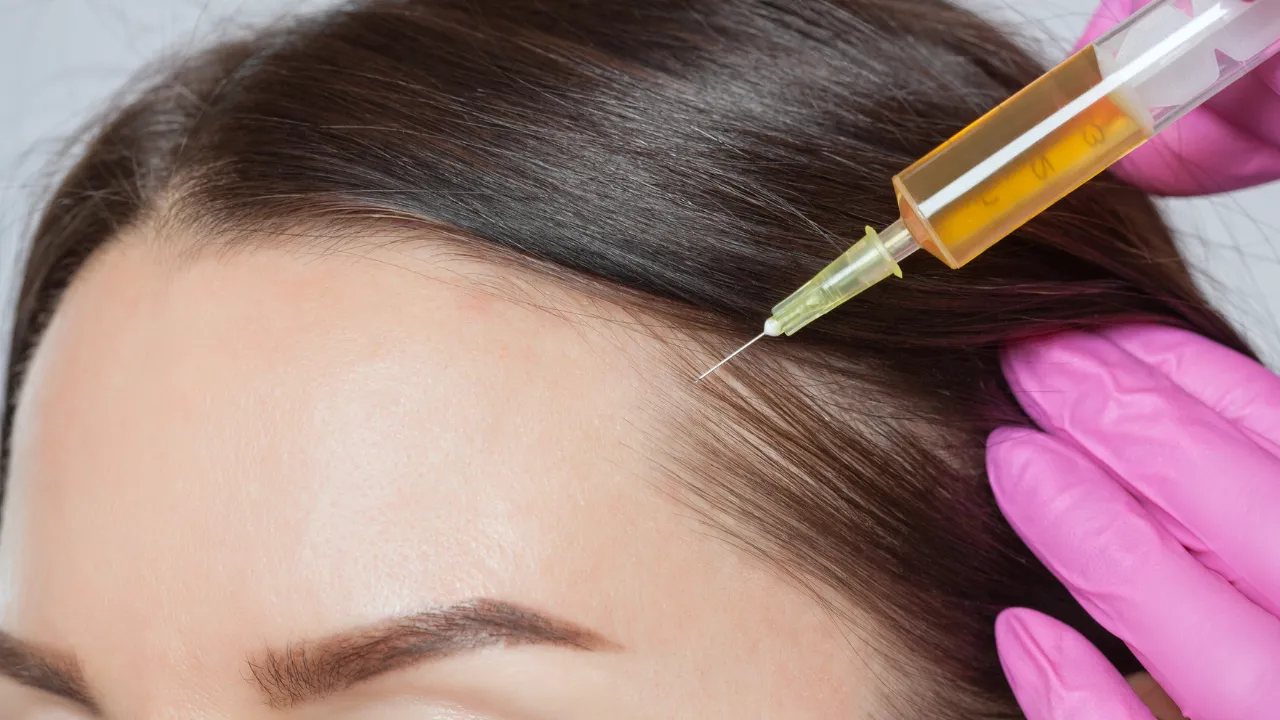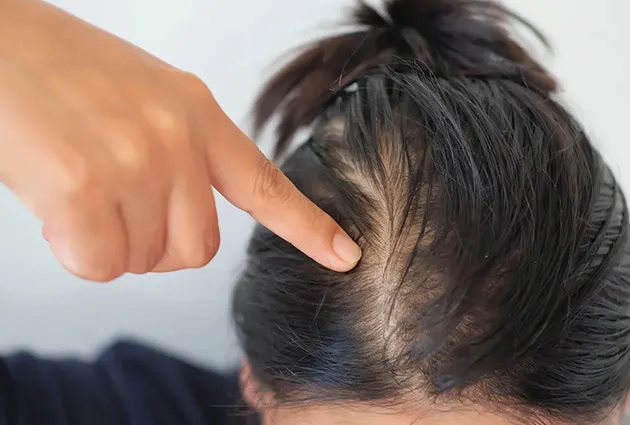Table of Contents
ToggleMany people worry when they notice black spots on bald head, unsure if it’s harmless or something serious. At Kopelman Hair, we help patients understand these changes and find solutions that protect their health and confidence. Our team, led by Dr. Kopelman, brings years of expertise to diagnosing and treating scalp concerns with precision and care.
Key Takeaways
- Black spots on a bald head can stem from conditions affecting the scalp, including fungal infections, autoimmune disease, injuries, or skin cancer.
- Melanoma is a serious type of skin cancer on the scalp that requires prompt medical attention if spots change in size, shape, or color.
- Preventive steps like sun protection, gentle scalp care, and regular checks help reduce risks and catch problems early.
- Cosmetic options such as concealers and hair restoration can improve confidence for those worried about dark spots.
- Seeing a specialist like Dr. Kopelman ensures accurate diagnosis and treatment tailored to each cause of black spots.
What Causes Black Spots or Marks on the Scalp?
Black spots on scalp can result from harmless conditions or serious issues. The scalp is a sensitive area of the body exposed to sun, injuries, and infections, making it more prone to visible changes.
Many different conditions affecting the scalp can cause these black spots, ranging from minor irritations to diseases that require medical attention. Recognizing the causes helps you know when to visit a specialist, such as Dr. Kopelman.
Black Spots from Fungal Infections
Fungal infections like tinea capitis can cause black spots on scalp by affecting hair shafts and leaving dark dots. Symptoms include itching, scaling, or redness. Risk factors include sharing personal items or close contact in crowded places.
Treatment involves antifungal medications, such as terbinafine or griseofulvin, under medical supervision.
Alopecia Areata and Black Dots
Alopecia areata is an autoimmune disease where the immune system attacks hair follicles, creating alopecia areata black dots or exclamation mark hairs. This often causes patches on the scalp, but it can affect any area of the body.
A family history of autoimmune disorders raises the risk. Dr. Kopelman helps patients manage hair loss and plan treatments.
Tiny Black Dots That Scratch Off
Tiny black dots that scratch off may be dried sebum, debris, or pigment. Usually harmless, they often come off with gentle washing. If spots persist or cause irritation, see a doctor to check for infections or clogged follicles.
Dark Spots from Shaving or Injury
Shaving can lead to small cuts and dark black spots on the scalp, caused by blood clots or post-inflammatory hyperpigmentation. Injury scars may also appear as black marks on the scalp.
Good shaving practices and sun protection reduce risks. Sun exposure during or after shaving can worsen dark marks.
Black Marks, Melanoma, and Skin Cancer Concerns
A serious cause of black spots on the head is melanoma, a type of skin cancer that commonly appears on the scalp. Scalp melanomas can spread quickly to lymph nodes and other parts of the body. Certain risk factors include sun exposure, tanning beds, and a family history of skin cancer.
Look for spots that:
- Change in size, shape, or color.
- Bleed, crust, or itch.
Dr. Kopelman advises prompt medical checks for suspicious spots, since early detection saves lives. Melanoma is just one type of skin cancer on the scalp, but basal cell carcinoma and squamous cell carcinoma also exist and can appear as bumps, ulcers, or dark patches.
What Is Black Mold on the Scalp?
Black mold doesn’t grow on skin. People often confuse fungal infections with mold, like tinea capitis, which causes dark patches on the scalp.
See a specialist, such as Dr. Kopelman, if you notice scaling, hair loss, or dark spots.
Myths and Facts About Black Spots on the Scalp
Not all black spots on the scalp indicate cancer. Many spots are harmless skin conditions. Mold doesn’t grow on skin; what people call “black mold” is often a fungal infection.
Young people can also develop black spots, especially from autoimmune diseases like alopecia areata, which can cause black dots. Checking facts prevents fear and helps focus on real health needs.
How to Identify and Diagnose Black Spots
Knowing your normal scalp appearance helps detect changes early. Some spots are harmless, but others might signal health risks.
A Simple Self-Check Guide for Your Scalp
Check your scalp monthly:
- Use good lighting and mirrors.
- Look for new spots or changes.
- Note itching, bleeding, or pain.
See a doctor like Dr. Kopelman if you spot changes. Early action prevents serious problems.
Signs You Shouldn’t Ignore
Spots that change shape, grow fast, or bleed need a medical check. A dark black spot on scalp can be serious.
Dr. Kopelman recommends evaluation for any suspicious spot. It’s safer to check than wait.
How Doctors Check for Skin Cancer on Bald Heads
Doctors examine scalp spots visually or with dermatoscopes. They may biopsy suspicious spots.
They also check nearby lymph nodes for spread. Regular scalp checks are crucial for patients experiencing baldness.
Tests for Black Spots on the Scalp
Doctors may:
- Scrape for fungal tests.
- Use special lights.
- Run blood tests for autoimmune issues.
These help confirm a diagnosis.
How to Get Rid of Black Spots on Bald Head
Treatment depends on the cause. Dr. Kopelman guides patients through safe options.
Medical Treatments and Procedures
Doctors might use:
- Antifungal medication.
- Topical steroids.
- Surgery or laser for pigmentation issues.
Knowing options helps patients feel informed.
Home Remedies and Skincare Tips
To care for your scalp:
- Keep it clean.
- Moisturize gently.
- Avoid tanning beds and protect against sun exposure.
See a specialist if spots persist.
How to Prevent Black Spots and Marks
Preventing black spots on hairline preserves a healthy look.
Scalp Care and Hygiene
Wash gently, avoid harsh scrubbing, and use clean tools. These steps lower risk.
Sun Protection for Bald Heads
Protect your scalp with hats or sunscreen. The scalp is a vulnerable area of the body that needs sun safety.
Real Stories from Patients at Kopelman Hair
Many patients visit Kopelman Hair fearing the worst about black spots on their bald head. Most find relief with proper care and reassurance.
Carlos, 52, discovered a spot post-shaving, which was harmless pigmentation. Samantha, 38, found a dark black spot on her scalp, diagnosed as benign. Dr. Kopelman ensures patients feel informed and supported.
Managing Cosmetic Concerns About Black Spots
Even harmless spots can feel embarrassing. Kopelman Hair helps patients feel confident.
Covering Black Spots on Hairline
Options include:
- Tinted sunscreen.
- Concealers.
- Scalp micropigmentation.
These solutions improve appearance.
When Hair Restoration May Help
Hair restoration can cover scars or spots. Dr. Kopelman offers tailored options for those seeking cosmetic improvement.
Dr. Kopelman’s Credentials
Dr. Kopelman holds dermatology degrees and specializes in hair restoration. With over 40 years of family experience at Kopelman Hair, he stays updated through professional societies.
Patients trust him for clear guidance and compassionate care.
FAQs About Black Spots on Scalp
What Causes Black Spots on Bald Head?
- 🦠 Infections
- 🧬 Alopecia areata black dots
- ⚠️ Injuries
- 🎨 Pigmentation
- 🩺 Skin cancer
How Do You Treat Black Spots?
- 💊 Antifungal medication
- 🔪 Surgery for cancer
- ☀️ Sun protection
- 💄 Cosmetic solutions
References and Trusted Resources
For more help:
- NIH for clinical research.
- Cleveland Clinic for scalp health.
- American Academy of Dermatology for skin care guidance.
Check reliable resources alongside expert advice from Dr. Kopelman.
If you’re concerned about black spots on your scalp or have questions about hair restoration, don’t wait to seek expert advice. Schedule an appointment with Dr. Kopelman and the team at Kopelman Hair to receive personalized care and clear answers for your scalp health and confidence.


